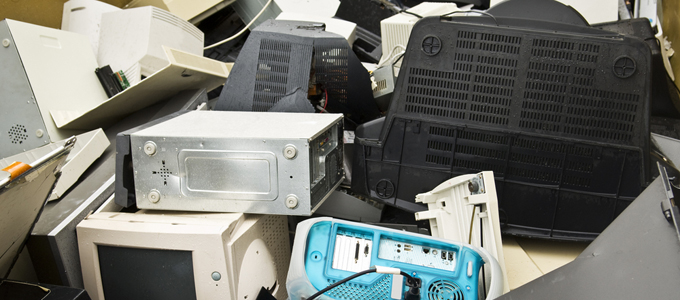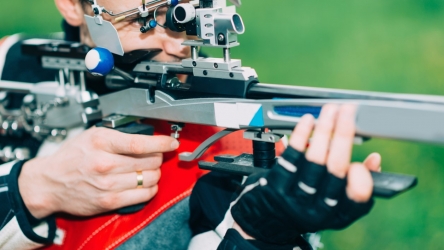
The Waste Electrical and Electronic (abbreviated to ‘WEEE’) Directive is a series of regulations and guidelines designed to improve the way that electrical devices are processed and disposed of at the end of their lifestyle. They apply to nations in the European community and have been progressively rolled out and improved upon since they were introduced in 2002.
The directive is complex and requires significant change both in how electronics are produced and in how they are disposed of. With that in mind, they affect everyone:
- Manufacturers
- Vendors
- Distributors
- End users
In order to remain compliant with the directive, it’s essential that consumers spend time reviewing the relevant materials. Likewise, there are special schemes set up that allow producers to join forces with environmental agencies to create more effective systems for disposal. Manufacturers will also mark up new electronics and electrical devices with information indicating where and how they should be disposed of. This makes it easier for consumers to remain in compliance as well.

Why Compliance Matters
It’s important that everyone works together to remain compliant to the directive, as it will only be effective if everyone bands together. One of the biggest barriers to WEEE Directive compliance often ends up being a lack of information.
The best way to educate yourself about the requirements of the directive – as well as your personal responsibilities as an end user – is to look online for specific information. You can also contact a local repair service to see if they can shed any light on how a specific component or appliance needs to be handled.
To simplify the dissemination of information, the scope of products and merchandise that fall under the directive has been broken down into ten separate categories:
- Large household appliances
- IT and telecommunications equipment
- Small household appliances
- Consumer equipment
- Electrical and electronic tools
- Lighting equipment
- Toys, leisure and sports equipment
- Monitoring and control instruments
- Medical devices
- Automatic dispensers
With this in mind, when you are looking for information related to compliance on the directive’s website, you will be able to narrow down the search to just those pages that apply to the type of device or appliance you are working with.
The Dangers of Non-Compliance
Many of the modern electronic devices on the market today are constructed using components that could be harmful to the environment. Whether they are found in computers, mobile phones, home appliances or more sophisticated equipment; these devices are likely to contain dangerous metals that need to be handled in a very specific way. It’s important that certain components do not end up in a place where their contents could leach into the soil or water supply.
Failing to remain in compliance with the directive will result in more waste being sent to landfills when it could have been recycled and reused in new electronics. It also runs the risk of contaminating the environment. This is why it is so important that everyone pitch in to do their part in remaining compliant. If we all band together, the UK and all of Europe will remain a cleaner, healthier place to live.







